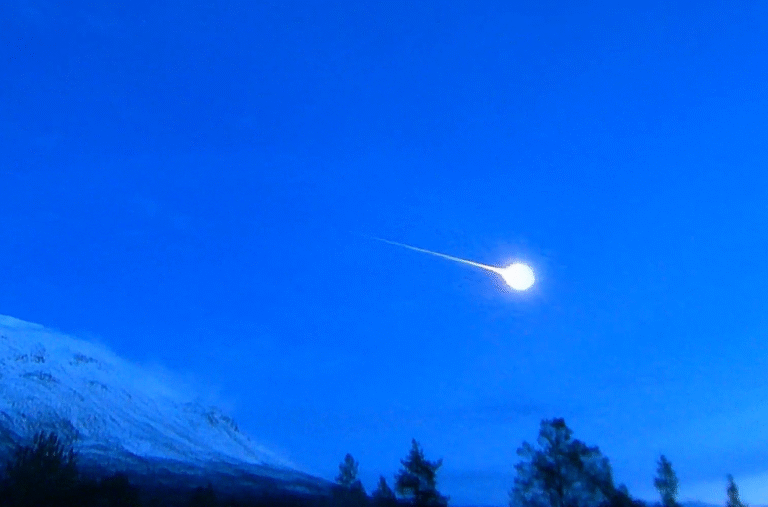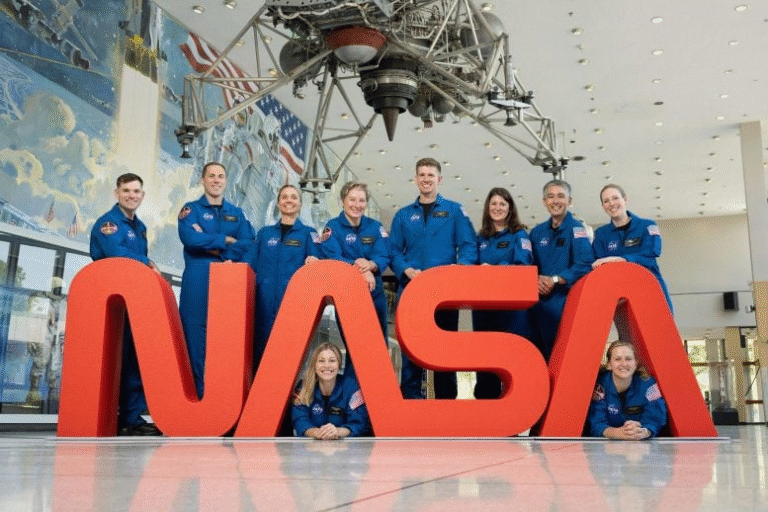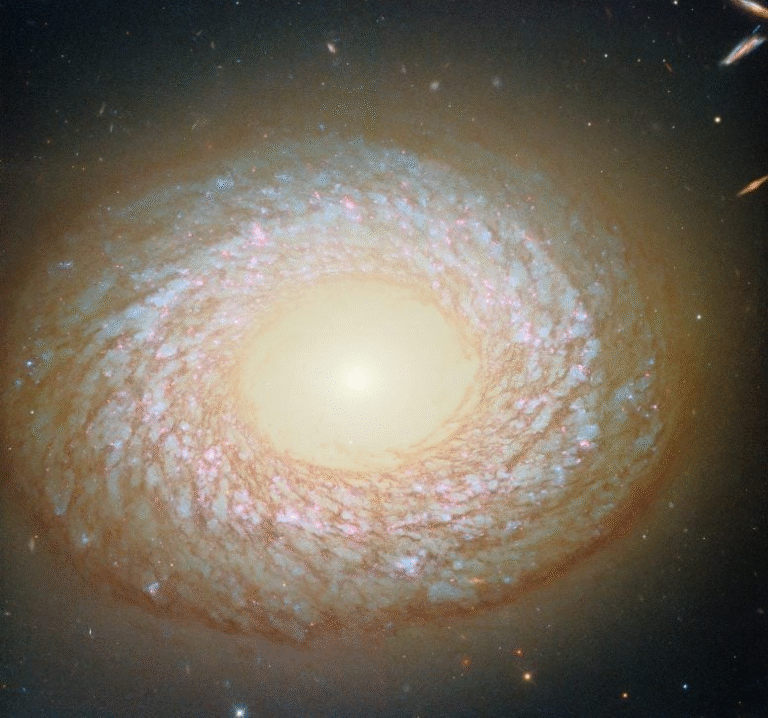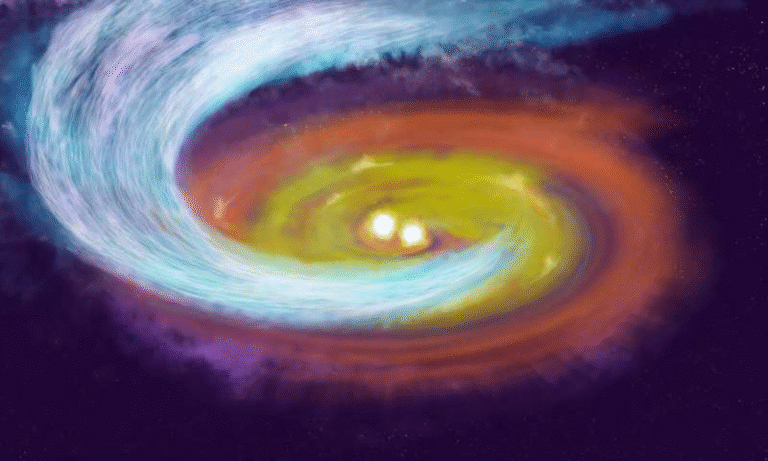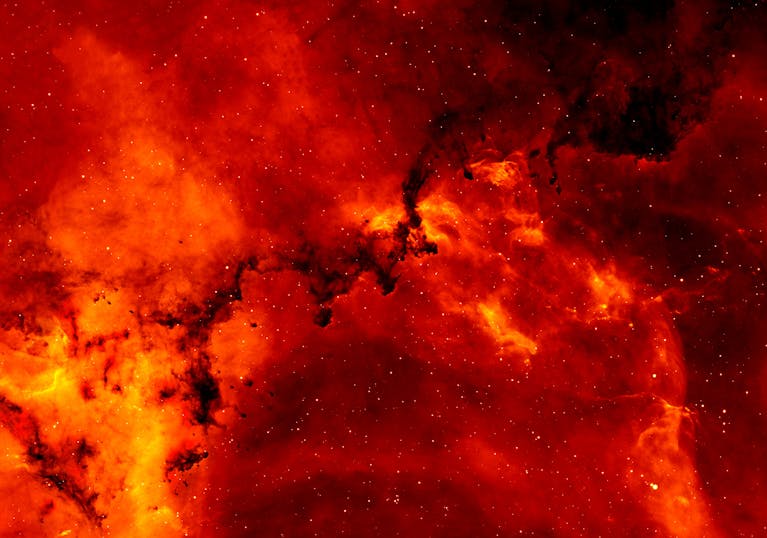New Superconducting Detector Opens Door to Ultra-Light Dark Matter Searches
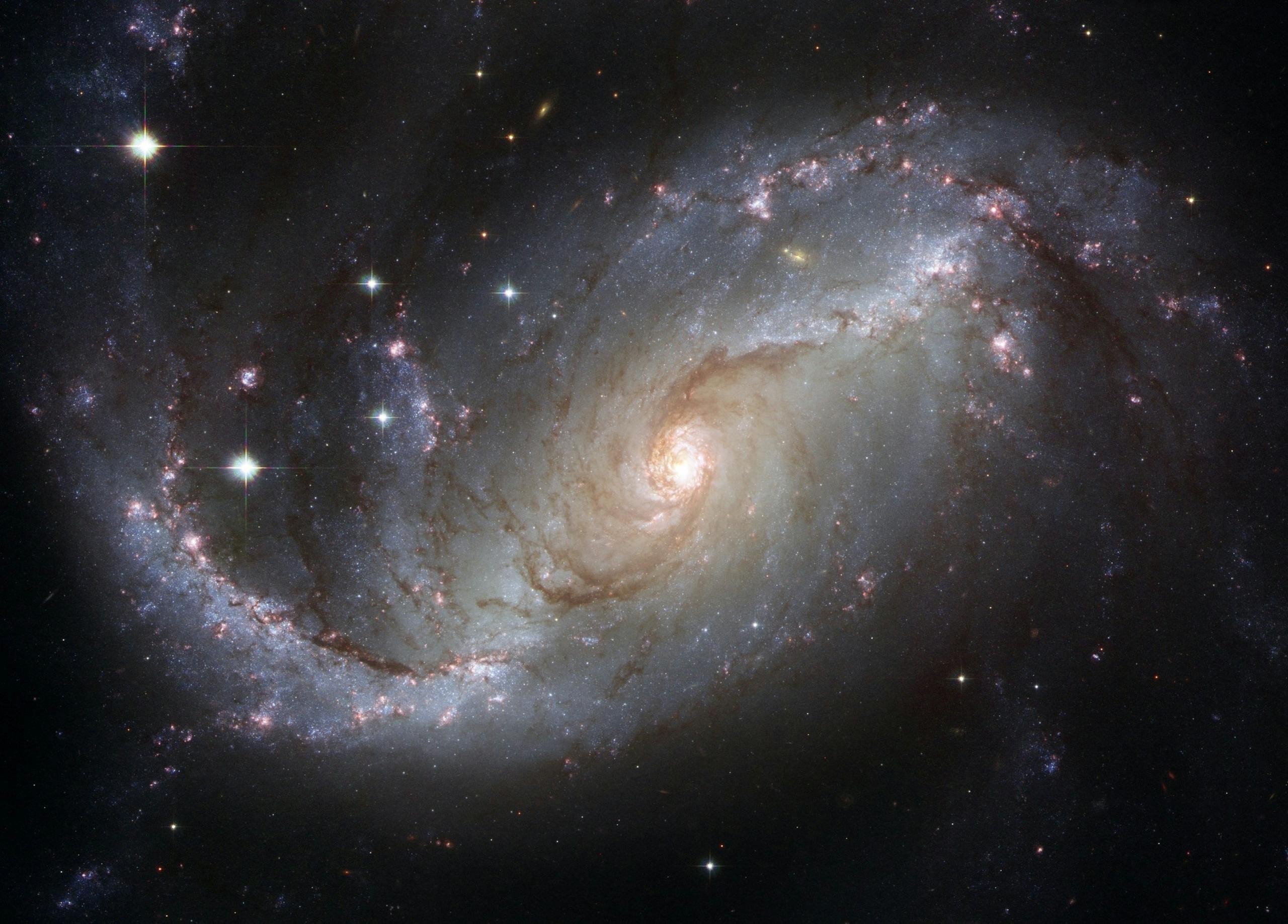
Physicists have unveiled a new kind of detector that could finally help us track down some of the lightest dark matter particles ever considered. For decades, researchers have been hunting for dark matter—the mysterious stuff thought to make up about 80 percent of the universe’s mass—but so far, no experiment has managed to detect it directly. This new work marks a significant step forward by targeting particles that are much lighter than anything current large-scale detectors can see.
Why Dark Matter Is Hard to Find
Most existing experiments, such as those using liquid xenon, are tuned to catch dark matter particles with masses comparable to familiar particles like protons or neutrons. These setups become ineffective when particles are lighter than an electron. That leaves a vast unexplored window where potential dark matter could still hide. Since no experiment has yet seen dark matter, ruling out ranges of mass and interaction strengths is itself important—but the field needs tools sensitive to lighter candidates.
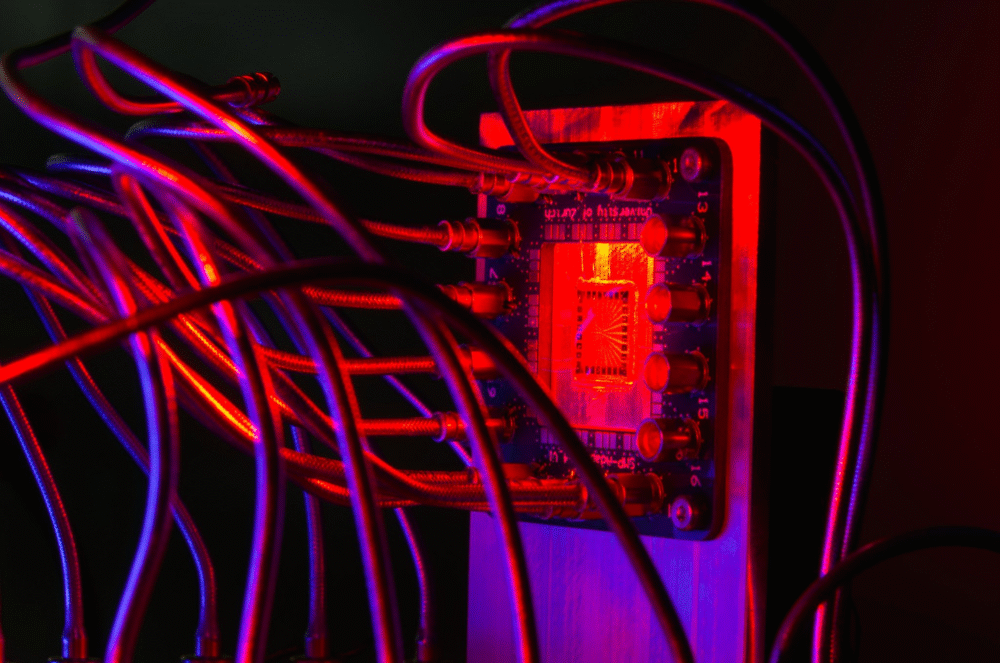
The Breakthrough Detector
An international team led by scientists at the University of Zurich (UZH) has now demonstrated a detector capable of probing dark matter below 1 mega-electron volt (MeV) in mass. They used an upgraded version of a superconducting nanowire single-photon detector (SNSPD), but with key changes that set it apart.
- Instead of nanowires, the new system uses superconducting microwires, which increase the detector’s cross-section—essentially boosting its chances of interacting with dark matter particles.
- The device has a thin, planar geometry, which is important because it gives the detector directional sensitivity. This means it can potentially track the subtle changes in the direction of incoming particles.
This matters because Earth moves through what’s thought of as a “wind” of dark matter particles as it orbits the galaxy. The relative direction of this wind changes over the course of the year. A detector that can spot directional variations has a better chance of separating genuine dark matter signals from background noise.
Sensitivity and Performance
The new device, called the QROCODILE experiment (short for Quantum Resolution-Optimized Cryogenic Observatory for Dark matter Incident at Low Energy), reached a sensitivity threshold of about 0.1 times the electron’s mass. That translates to the ability to probe down to around 30 keV/c² in mass. It’s the first time dark matter searches have entered this low-mass territory with direct detection methods.
The sensitivity corresponds to energy deposits as small as 0.11 electron volts (eV), which is incredibly tiny—about what’s carried by just a handful of far-infrared photons. That makes the detector one of the most sensitive tools ever built for this kind of search.
How It Works
When a photon or energy deposit strikes the superconducting wire, it briefly heats it up and disrupts its superconductivity. For an instant, the wire behaves like a regular conductor, and the resulting change in resistance can be measured. This mechanism allows the detector to spot extremely low-energy interactions—exactly what’s needed to probe ultra-light dark matter.
The QROCODILE setup also has another advantage: it acts as both the target and the sensor. This means the same material can pick up interactions with dark matter and record them directly, reducing complexity and boosting efficiency. The design makes it sensitive to interactions with both electrons and nucleons, since phonons (quantized vibrations in the material) couple to both.
Constraints and Implications
So far, the experiment has not found dark matter, but that’s still crucial information. It sets new world-leading constraints on the existence of particles in this mass range, excluding candidates heavier than 0.1 electron masses under certain interaction conditions. This narrows down the search space and guides theorists in refining their models.
Dark matter particles below electron mass are already constrained by astrophysical and cosmological data, but not completely ruled out. This experiment strengthens those constraints from a direct laboratory perspective.
What’s Next
The team has plans to deploy the detector underground, where natural shielding will protect it from cosmic rays and other radiation that could create false signals. They also aim to improve the technology further, pushing sensitivity to even lower masses and making the setup more robust against background events.
Beyond dark matter, detectors like this are also interesting for quantum information science, thanks to their exceptional ability to catch single photons and measure timing with extreme precision.
TL;DR
Physicists at the University of Zurich built a new superconducting detector that can probe dark matter below 1 MeV, reaching sensitivity to particles as light as 0.1 electron masses (~30 keV/c²). The device, called QROCODILE, sets new constraints and could detect the “dark matter wind” thanks to its directional sensitivity. Future underground deployment may push the search even further.
Research Paper: First Sub-MeV Dark Matter Search with the QROCODILE Experiment Using Superconducting Nanowire Single-Photon Detectors
